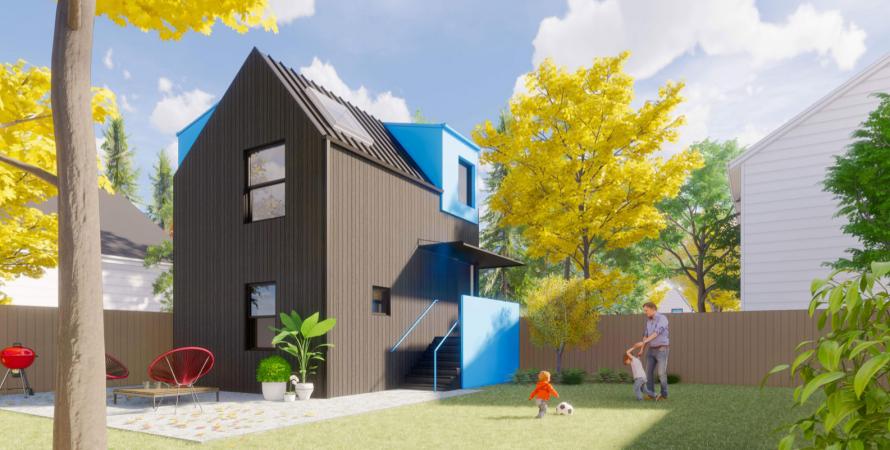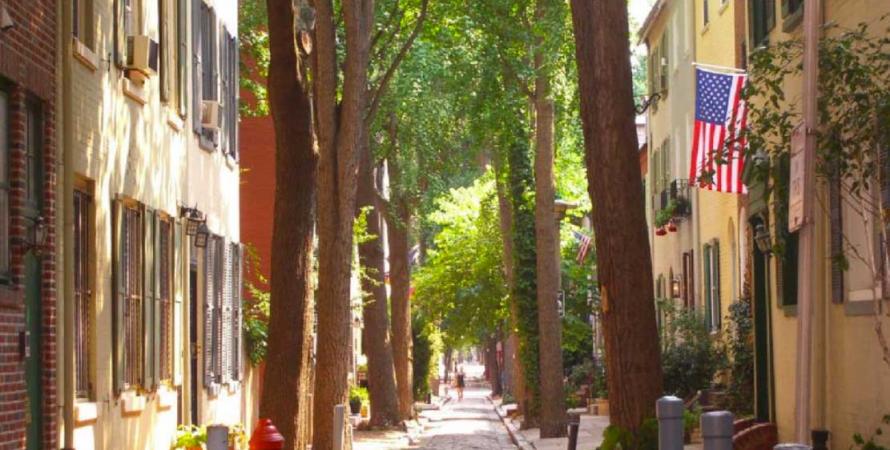-

Making ‘missing middle’ work in an anti-density region
Cape Cod is desperately in need of housing diversity. Combining ‘visual preference’ with ‘missing middle’ housing types could point the way.Cape Cod, the quintessential New England vacationland, has a growing affordable housing problem. The housing stock of the 70-mile-long peninsula is mostly single-family detached—82 percent—out of step with the aging population that swells from 228,000 to more than a half million in the summer...Read more -

Pre-approved accessory units streamline small-scale infill
Seattle, which adopted one of the nation’s most progressive accessory dwelling unit (ADU) ordinances for cities, has taken this idea a step further by streamlining plans and designs that work. In late 2019, Seattle approved an ordinance that allows up to two ADUs on single-family lots, which make...Read more -

New urban opportunity: Alleys, mews, and accessory units
The unsung alley has the potential to create an intimate American urbanism, it just needs a little attention from urban designers.Alleys were a neglected and unused element of the American built environment for at least a half century, until they made a comeback through the New Urbanism in the 1980s. Traditional neighborhoods developments (TNDs) included alleys for trash collection, utilities, and the primary purpose—to move...Read more -

Micro-townhouses designed for flexibility
Twelve-foot-wide townhouses in Utah? They combine transit-oriented density with homeownership, and buyers can cut costs in multiple ways.Daybreak in South Jordan, Utah, a top-selling community nationally, shows how transit-oriented design can be achieved with production builders—and it is a laboratory of housing ideas . The latest is the “micro-townhouse.” The 12-foot-wide units range from 1,125-1,450 square feet on lots less than 1...Read more